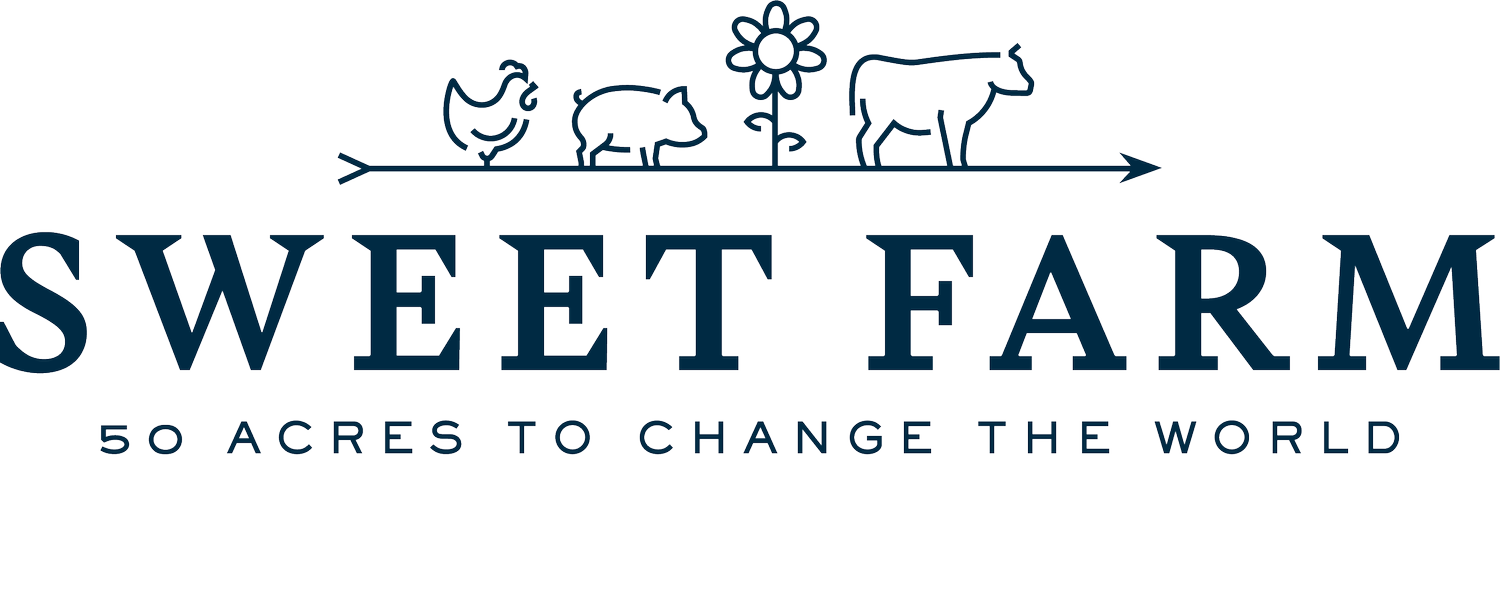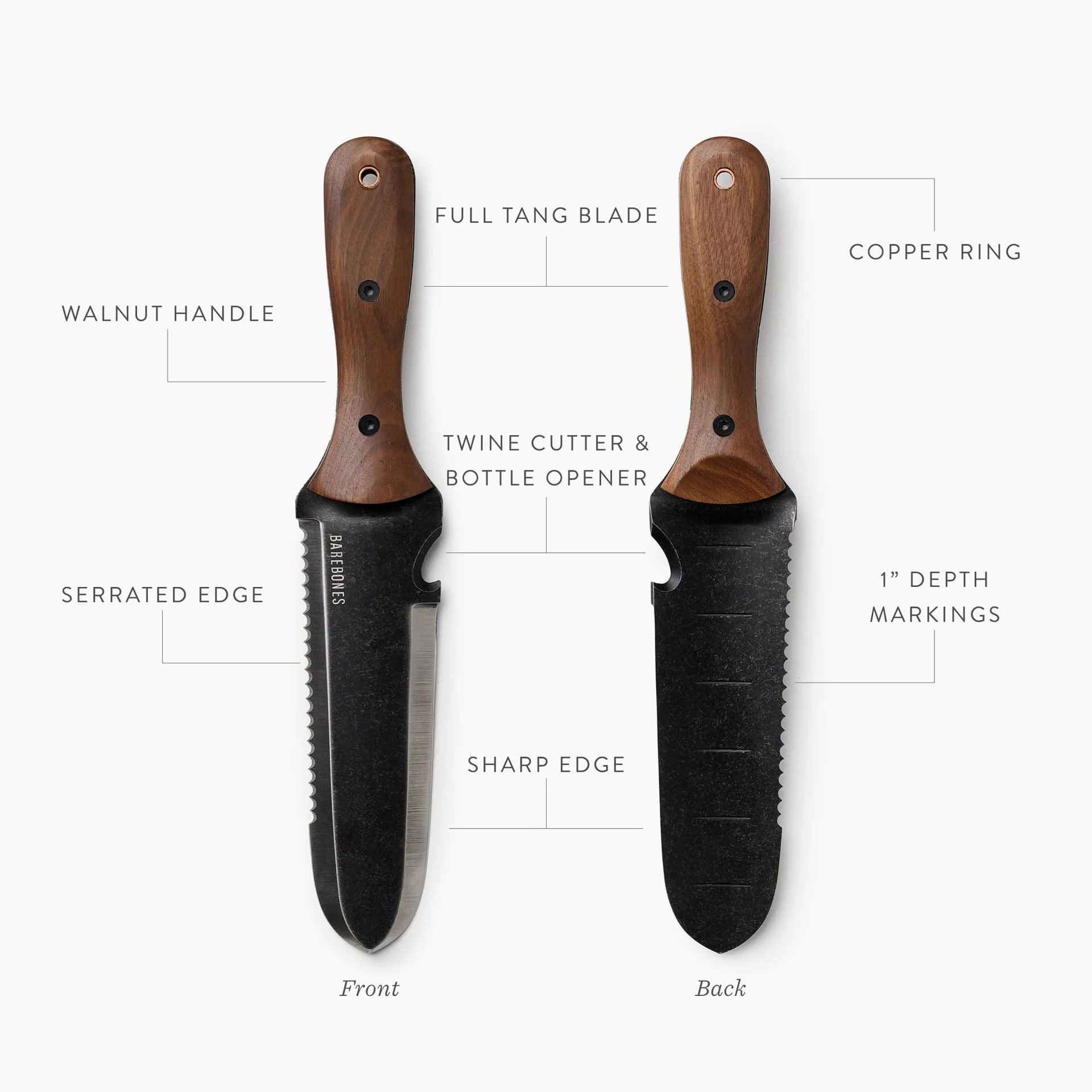Maintaining to Maximize Harvest
June in the Garden
Your garden is in...now what?
The mad dash to get things planted has ended. Can you sit back and rest on your laurels now? Well guess what! You can do whatever you want! You can let your garden just do its thing until harvest time and hope for the best.
But do you want to get more out of your garden? There are a few things you can do to make sure that you have a great harvest!
Deal with weeds:
Weeds will out-compete with your crops for nutrients, water, and sun. If you want a successful garden, dealing with weeds is a must. Here are some tips to do just that.
Get them young: Run a stirrup or hula hoe carefully around your plants while weeds are still young. The larger they get, the harder they are to get rid of, and the more it will disturb the soil.
Mulch, mulch, mulch!: Place mulch around the base of all your plants to conserve moisture and prevent weeds from growing. You can use compost, grass clippings, shredded leaves, straw, hay, shredded paper, sawdust - almost any lightweight, natural material. Mother Nature hates bare soil and will fill it…with weeds!
Disturb soil as little as possible: Not only will leaving soil undisturbed keep the soil healthier, but every time soil is disturbed you uncover hidden weed seeds that will now start to germinate.
PRO TIP: Got an empty spot? Cover crop!
Cover crops are quick-growing crops whose seeds that are broadcast sown over an area of empty soil to prevent weeds, erosion, drought, and flooding, and to enrich the soil, break up compaction, and attract pollinators at the same time. It almost sounds too good to be true. It isn’t! You can plant a specific cover crop depending on what your soil needs, or what you are planting next.
And if that wasn’t enough, when it’s time for you to plant your next crop, you can just terminate the cover crop (some are frost-killed, some you will have to smother, mow, or crimp), and then plant directly into it for automatic mulch around your veggies! Crops such as buckwheat, oats, vetch, or radish can be an essential tool in your gardening tool belt.
Not sure what cover crop to use? Here is a handy tool that can help you choose one based on your location, soil type, and needs.
Maximize your harvest by succession sowing
Sowing a particular crop in small batches every two to three weeks in order to give you a continuous harvest across the growing season...is called succession sowing!
Quick-growing vegetables are best grown like this, rather than all at once. This will give you a continuous, fresh supply of these highly perishable crops, rather than too much all at once. For plants that are prone to bolting (quickly going to seed when the temperatures rise), such as cilantro, arugula, spinach, and lettuce, succession sowing is especially advantageous.
Crops best for succession sowing:
beans
peas
herbs
salad greens
carrots
beets
radishes
corn
flowers!
This means that these are also things you can still grow now! It's never too late to plant SOMETHING.
What we are doing in the garden in June:
Harvesting: strawberries, currants, rhubarb, lettuce, radishes, zinnias, roses, dill, cilantro, basil
Tasks: weeding, trellising (tomatoes, squashes, cucumbers, melons), more weeding, pruning bottom tomato branches
Read more about June gardening tasks in your zone here!
BEGINNER GARDENING SPOTLIGHT: Hori Hori
Meet the last garden tool you will ever buy: the Hori Hori.
Move from digging to planting to harvesting seamlessly. Equipped with a heat-tempered, hollow-back blade, full stainless steel tang, twine cutter, and comfortable walnut handle, it is the ultimate gardening tool. Period.






